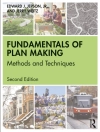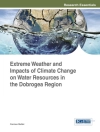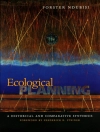This book discusses the impacts of climate change that are already being felt on every continent and provides the scientific basis for a number of modern approaches and state-of-the art methods for monitoring the environment, social behavior and human expectations concerning protection of the environment.
The book approaches these issues from the perspectives of various disciplines, from physics to the social sciences, and highlights both current challenges and future prospects. On 1 January 2016, the 17 Sustainable Development Goals (SDGs) defined in the 2030 Agenda for Sustainable Development – 12 of which involve taking action on climate change – officially came into force. To achieve sustainable development, it is and will remain crucial to harmonize three interconnected core elements: economic growth, social inclusion and environmental protection.
Tabella dei contenuti
Introduction.- Urban green space as a tool for cohesive and healthy urban community.- Examples of innovative approaches to educate about environmental issues within and outside of classroom.- Big Data Analysis of the Environmental Protection Awareness on the Internet – A Case Study.- Pluralistic forms of ensuring social and democratic balance as part of sustainable development.- Cultural landscape of Żuławy Wiślane in the light of the idea of sustainable development.- Application of statistical methods to predict beach inundation at the Polish Baltic Sea coast.- The impact of the Sopot Pier Marina on the local surf zone.- Arsenic in the environment of the Baltic Sea – a review.- Protists of Arctic Sea Ice.- The impact of small-scale fisheries activities toward fisheries sustainability in Indonesia.- The role of peatlands and their carbon storage function in the context of climate change.- Sources, transport and sinks of radionuclides in marine environments.- Sea spray aerosol fluxes in the sea-air boundary layer – description of currently used methods and review of recent achievements.- Discrete element method as the numerical tool for better understanding the hydraulic fracturing process.- Comparing orientation of geological planes – motivation for introducing new perspectives.












